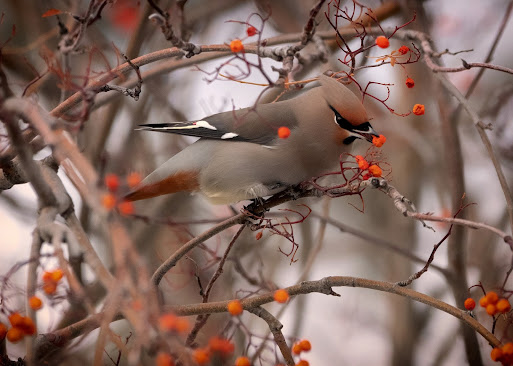Types of Sparrows-2
1. SWAMP SPARROW (MELOSPIZA GEORGIANA)
Swamp sparrows can be found in the eastern two-thirds of North America. They spend the summer breeding in Canada and far northern U.S. states and then winter in the U.S. and Mexico. These sparrows have a gray face, buffy sides, brown streaked wings, a rusty cap and black eye stripe. Swamp sparrows only nest in wetland habitats, and like to stay hidden among tall reeds, brush and vegetation. They actually have slightly longer legs than other sparrows, and this helps them wade through marsh water when foraging.
2. WHITE-THROATED SPARROW (ZONOTRICHIA ALBICOLLIS)
White-throated sparrows are common across much of the U.S. during the winter, and then migrate to Canada in the summer to breed. Their white throat patch makes them easier to identify among sparrows, along with their bold facial pattern of black and white stripe with yellow spots between the eyes. The females often nest on or just above the ground in hidden areas of dense brush and vegetation. These sparrows will visit your backyard feeder, and like to pick up seed off the ground. To encourage these sparrows, keep some brush piles nearby they can hide in.
3. Grass finch (POOECETES GRAMINEUS)
Vesper sparrows have a streaked back and wings, brown streaking on the chest with a clear belly, a white ring round the eye and white outer tail feathers. This sparrow of fields and grasslands are often found within the northern half North America during the summer breeding season, and southern North America within the fall and winter. Vesper, meaning “evening song”, describes this sparrows habit of singing after sunset when most other birds have gone quiet. They wish to be call at the open once they sing and can choose elevated perches like wires, the highest of fence posts, and therefore the tops of shrubs.
4. Zonotrichia leucophrys (ZONOTRICHIA LEUCOPHRYS)
White-crowned sparrows spend the summer far north in Canada and Alaska, then migrate backtrack across the us during the winter. In the mid-west they stay a year round.One among the better sparrows to spot , white-crowned sparrows have a bold black and white striped head while the remainder of their face, chest and belly remain a clear buffy brown-gray. They wish to forage in fields, and along the sides of roads and trails. These sparrows will come to bird feeders, but are presumably to remain on the bottom and devour spilt seed.
5. LARK SPARROW (CHONDESTES GERAMMACUS)
A larger sized sparrow, the Lark sparrow’s identifying feature is the multicolored head. it's a singular pattern of white, black, tan and warm brown. they need a pale chest with one central plant disease , and therefore the tip of the tail has white spots on the sides . Lark sparrows aren't typically found east of the Mississippi within the U.S., nor in most parts of Canada. They spend the breeding season within the central and western parts of the U.S. then winter in Mexico. search for them in grasslands, plains and prairies. Males “dance”for females during courtship, and these dances will remain for several minutes.
































